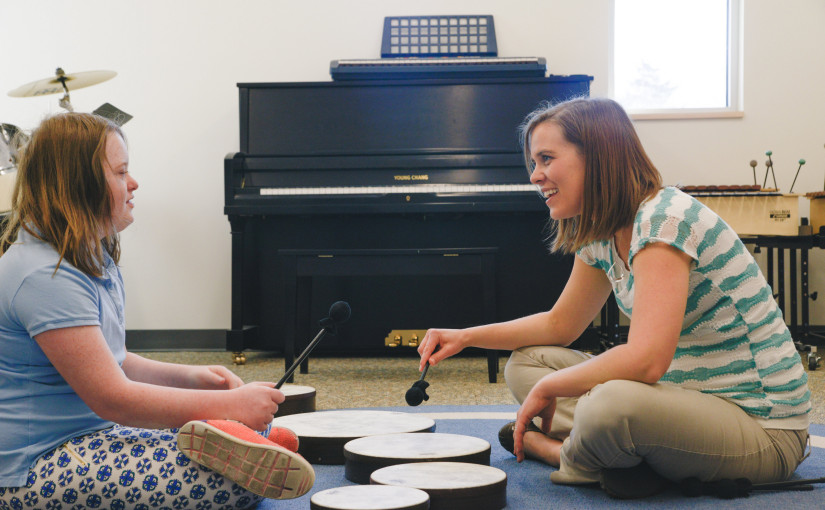Directives vs. Exploration in Special Education
Special Education becomes much more difficult when a student struggles to follow directions. Learning to balance free exploration with intentional directives can make all the difference.
I find that in my work in special education it can be easy to get caught up in wanting to accomplish something “amazing” and to stick only to my outlined goals and objectives for that student. However as I continue to learn and grow as a therapist I find that there are times where it is not only okay, but necessary to let go of what I think needs to happen for a “successful” session and to go where the student needs me to go in the moment.
This was especially apparent in comparing two recent sessions with one special education student. She is a darling girl who happens to have a very strong will and mind of her own, which means that I often run into her refusing to do anything that I suggest. In our session two weeks ago I focused on setting boundaries and sticking to our agenda so we could move forward on her goals (anyone else been there?). However this resulted in acting out, increased noncompliance, and a feeling of tension in the room.
Because this is a new student and we are still establishing rapport, I decided to take a step back in our next session and focus on play and meaningful interaction instead of focusing on getting my data. The results were striking. Her affect was much brighter, her interaction much more positive, and we even happened to fall into naturally addressing almost every goal in her IEP simply through play and free exploration. If I ever verbally suggested that we some particular activity she still refused, but when I focused on simply playing and moving naturally into goal-oriented interventions we accomplished so much more.
Now I admit that I have an internal battle of knowing when to ask my students to follow directives vs. following their lead. Of course it is an important skill for students to follow directives from another person–especially in the special education setting–however I also feel that from a therapeutic standpoint, there is magic and growth that happens when a student is free to explore and follow their own intuition. Free exploration validates their desires, gives them an opportunity to have a companion in their exploration, and develops connections that would otherwise be hampered by too much outside direction.
I believe that children have a natural tendency to do and choose what will bring them the most growth, but that they often need a guide to maximize their potential. As a therapist I see my role as being that guide. Sometimes I give input and direction, and other times I step back and observe their natural process. It takes years of learning and experience on my part to develop the intuition to know what the child needs in the moment. It’s exciting to me that I have the potential to become a better therapist that will have more and more of an impact on the positive development of my students in special education.
My hope as I continue to learn and grow is that I will not only be patient with my students, but also with myself as we engage in this process together and find the most beneficial balance to help them reach their potential in special education.


